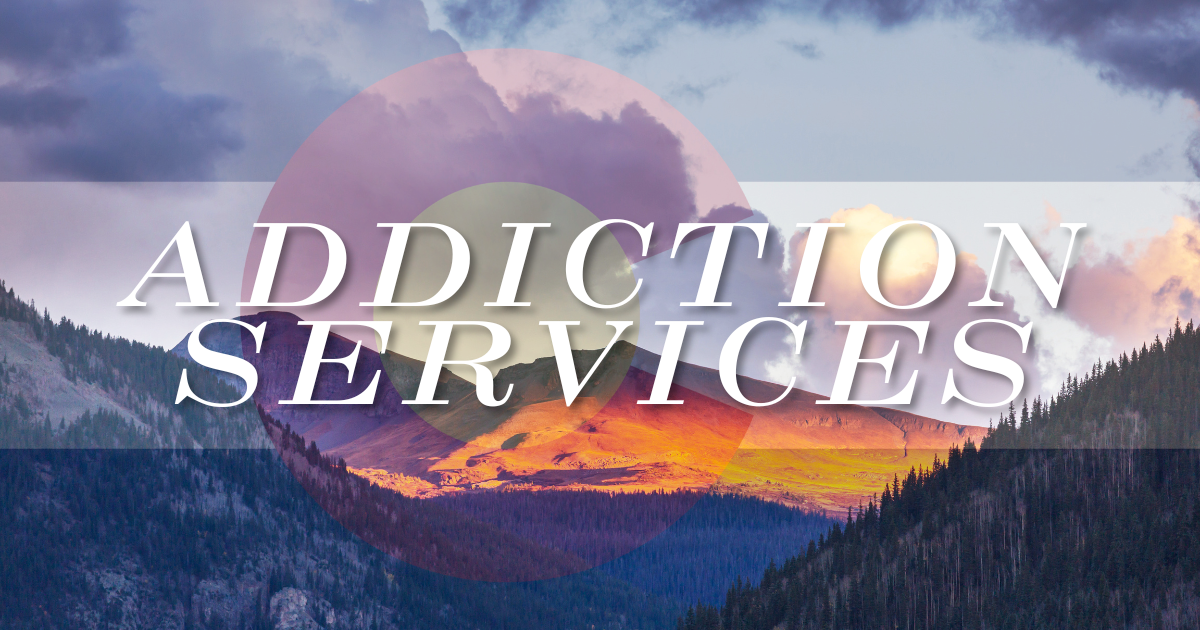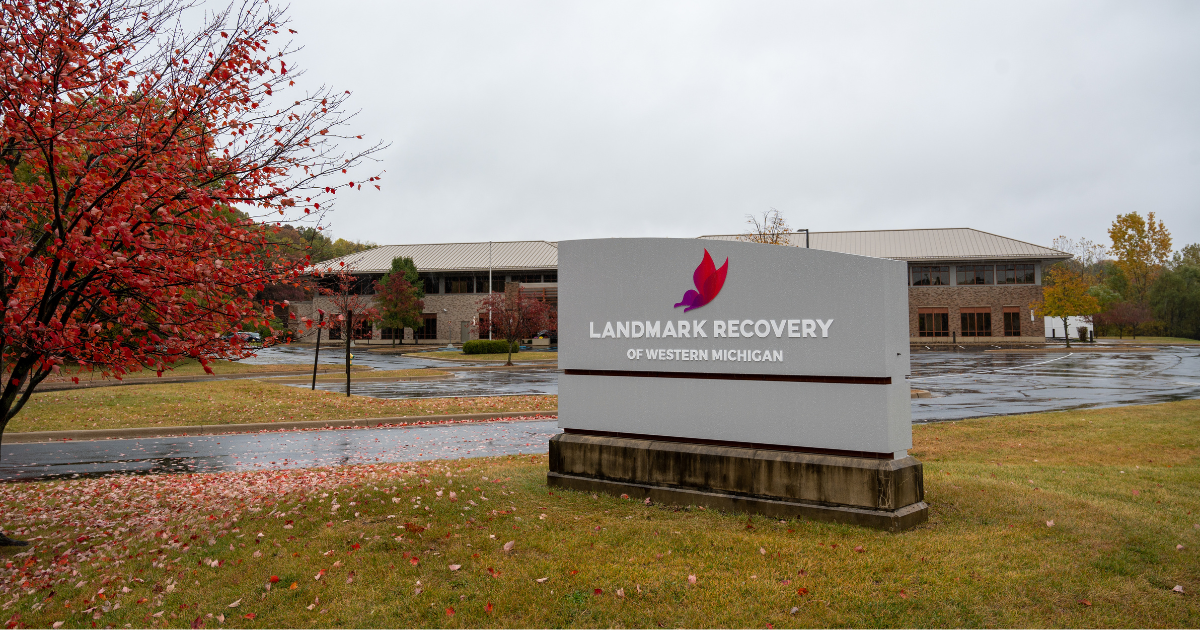What Is Harm Reduction?
Harm reduction aims to reduce the negative consequences associated with drug use. It’s an approach to helping those experiencing a substance use disorder survive, by incorporating a range of strategies to foster safer, managed use while encouraging eventual addiction treatment and recovery. Harm reduction advocates recognize that the consequences of drug use are bad, rather than the use of drugs themselves.
An abstinence approach to drug abuse, while well-meaning, villainizes the action of abusing substances and punishes users based on their use—this doesn’t help actually solve the problem. To harm reduction advocates, maximizing opportunities to stay alive is the most important step in nudging those suffering from substance use toward getting the help they need. Providing overdose reversal supplies that someone suffering can use is one way to maximize the odds they stay alive and doesn’t demonize what is most often not a choice, but an unchoosable trait determined by genetics.
How Is This Applied?
For example, if someone is struggling with an addiction and doesn’t immediately seek help overcoming such, then there are practical things they can do to make sure they don’t die. They could request that someone watch over them as they use a substance non-medically or they could inject something in the presence of a medical professional at a safe injection site.
The normal view outsiders have is that the action of abusing a drug is bad, but having someone watching over them as they perform an action they were always going to perform so they can contact emergency medical services in the case of an overdose is a morally preferable choice. This is the moral justification for many of those who advocate for harm reduction principles. If harm reduction principles are used as part of an effort to get them in treatment to provide positive results, then the justification behind harm reduction in principle is fairly solid in the minds of advocates.
Harm Reduction In Kentucky
In Kentucky, the Kentucky Harm Reduction Coalition (KYHRC) is doing valuable work accomplishing goals that fit within the principles of harm reduction. Part of their mission is to augment non-medical drug use with syringe exchanges and safer use practices. The group advocates for the use and provision of fentanyl test strips, an incredibly valuable tool for testing drugs that may or may not be laced with fentanyl. In some states, fentanyl test strips are illegal and classified as a form of drug paraphernalia, but Kentucky is one state leading the charge toward getting these in the hands of those who participate in risky activity like non-medical drug use.
New York City: A Case Study
The results of harm reduction in action speak for themselves. In New York City, where new safe injection centers were opened, 613 individuals used their services 5,975 times across two sites. Most of the drugs used were either heroin, some form of fentanyl, stimulants, or some other type of drug. According to the surveyed data of those who made use of the centers, 75.9% of these people would’ve used their illicit substances in public spaces if these overdose prevention centers (OPCs) didn’t exist.
During the first two months of OPC operation, medical staff responded to emergency situations 125 times. Naloxone (known as Narcan in non-generic form) was administered 19 times, with oxygen being provided to users 35 times and blood oxygen levels being monitored 26 times. When stimulants were used at one of the OPCs, staff provided help 45 times, mostly for cases of dehydration and overheating. Users had to receive emergency medical services five times and had to be transported to a hospital emergency room three times. Because of the existence of the OPC, zero fatal overdoses occurred, and it prevented 613 people from potentially using substances in public or in their homes where they might have died otherwise.
Would Harm Reduction Encourage “Bad” Behavior?
There are many arguments against harm reduction measures, mostly addressing the possibility that those using certain resources will abuse the system and have worse outcomes due to no concrete consequences for the action of substance abuse. The most cogent argument against harm reduction is that it will lead to those using more and more drugs without any kind of directive or requirement or consequence for that action. This is basically the deontological argument mentioned earlier, in which the action of using substances is the “original sin.” Those who advocate for the expansion of harm reduction methods argue that stressing abstinence isn’t helping anyone, especially when something that’s most likely genetic in origin, like addiction, can’t be helped.
Learn More
To learn more about how Landmark Recovery treats patients, reach out to our dedicated admissions specialists at 888-448-0302 today. Our admissions specialists can walk prospective patients through how we treat current patients and decide if Landmark is right for them. We utilize evidence-based treatment methods to maximize positive outcomes. Our mission is to save one million lives by the end of the century. We want you to be a part of what we’re trying to achieve.

Choose Recovery Over Addiction
We're here 24/7 to help you get the care you need to live life on your terms, without drugs or alcohol. Talk to our recovery specialists today and learn about our integrated treatment programs.




